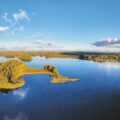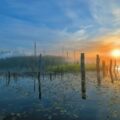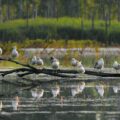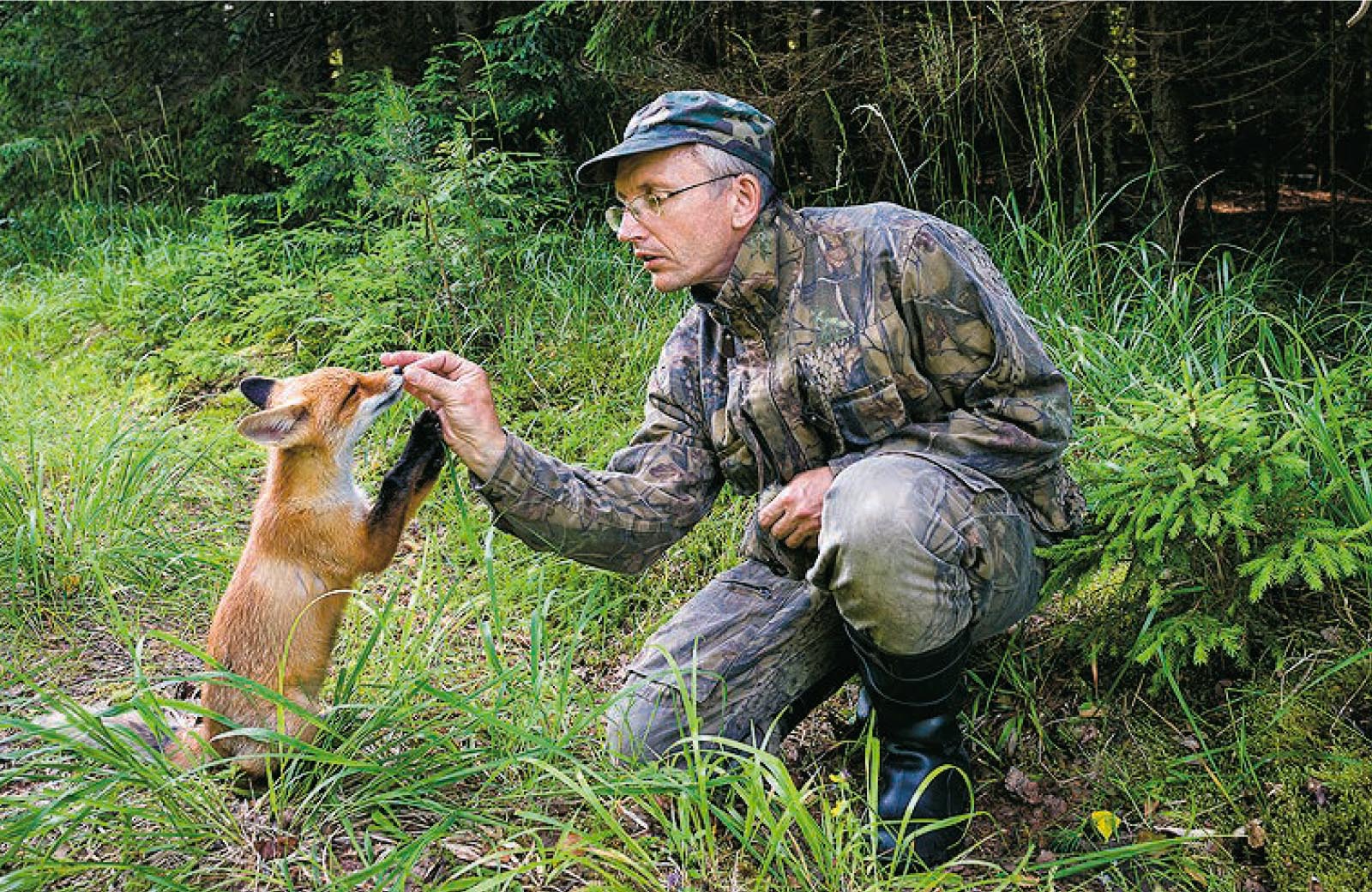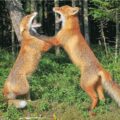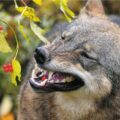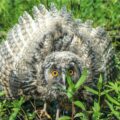- Смоленское Поозерье/Smolenskoye Poozerye © Г.М.Дубино
- Река Ельша на рассвете/Yelsha River at dawn © Г.М.Дубино
- Озерные и сизые чайки/Lake gulls and common gulls © Г.М.Дубино
Smolenskoye Poozerye is an amazingly beautiful place with a unique nature. The beauty of the reserved Smolensk land and the diversity of its inhabitants were captured by photographer, employee of the Smolenskoye Poozerye National Park, Gennady Dubino.
Gennady Dubino is a member of the Russian Union of Art Photographers. His works have been repeatedly exhibited within the framework of the All-Russian Nature Festival Primordial Russia, and personal exhibitions Hedgehog in the Snow, The Land We Live In, On the Edge of Lakes were held in Smolensk. In 2023, the publishing house Idea released a photo album Smolenskoye Poozerye. Part of the comments on the photos are notes from the Nature Diary, in which the author describes his meetings with residents of Smolensk forests, swamps, and lakes.
Forms of water
The Smolenskoye Poozerye National Park was established in 1992 on the initiative of a group of Smolensk scientists, teachers of the Smolensk Pedagogical Institute, headed by Soviet and Russian zoologist Professor Nikolay Kruglov. In 2002, the National Park entered the UNESCO World Network of Biosphere Reserves.
The name Poozerye was chosen for this territory not by chance. A variety of lakes are the hallmark of the park. Thousands of years ago, the Valdai Glacier passed through this area and dug up the earth, forming numerous hills and ravines. The valleys between them were filled with meltwater — this is how glacial lakes appeared, which today are the pride of the national park. Each reservoir has its own character: Lake Chistik is the most transparent, it can be viewed to a depth of 4–6 meters; Lake Rytoe has the most comfortable shores for recreation; and Lake Dgo is especially rich in fish. But the largest reservoir of the park is Lake Sapsho. It is not for nothing that Russian geographer and traveler Nikolay Przhevalsky called it Baikal in miniature.
Another natural attraction of the park are peat bogs — they occupy almost 10% of the area of Smolenskoye Poozerye. These peatlands were formed due to the waterlogging of lakes left after the retreat of the glacier. The largest of them are Vervizhsky, Pelyshev, and Lopatinsky mosses, which are rich in berries. In the central part of the Vervizhsky moss, there are lakes Vervizhskoe, Paltsevskoe, and Beloe.
- Лисички выясняют отношения/Foxes sorting things out © Г.М.Дубино
- Волк поедает ягоды калины/Wolf eats viburnum berries © Г.М.Дубино
- Птенец ушастой совы/Chick of the long-eared owl © Г.М.Дубино
From finch to bison
The abundance of reservoirs and dense forests create ideal conditions for birds — there are 242 species of them in the biosphere reserve. It is no coincidence that in 1999 the Smolenskoye Poozerye National Park was included in the list of ornithological territories of international importance. The usual inhabitants of the forests are finch, great tit, marsh and willow tits, and warblers. Among the rarest, are white-tailed eagle, osprey, harrier eagle, golden eagle, black stork, and white grouse.
Roach, bream, chub, rudd, bleak, pike, perch, ruff live in lakes and rivers. The reservoirs of the Smolenskoye Poozerye National Park are home to the mollusks Lumnaea fusca and Lumnaea dupuei, which are found only here and nowhere else in Russia.
Since most of the territory of the Smolenskoye Poozerye National Park is covered with forest, the animal world is typical of forest fauna. Moose and wild boars, bears and wolves, foxes and lynxes live here. Since 2015, the park has been implementing a program for the formation of a stable free-living population of European bison. The first baby bison was born on the territory of Smolenskoye Poozerye in 2016, and in the spring of 2023, employees celebrated a kind of anniversary of the project — the hundredth bison was born in the park. Interestingly, twins are regularly born in the bison herd, which is a rather rare phenomenon for this species and is possible only in a very comfortable habitat. Experts are confident that the area and feeding base of the reserve can accommodate up to 500–800 bison, which will create a stable cross-border population of this species.
Center of gravity
The Smolenskoye Poozerye National Park is a center of ecological tourism and initiator of various educational and sports events. In the winter, the park conducts excursions “Meeting Forest Giants”: guests can visit the feeding ground of bison and look at these animals in their natural habitat. Children’s, sports, ecological, and educational holidays, competitions, and contests are held all year round. There are more than 20 ecological trails and routes in the park.
Svetlana Bogdanova,
Head of the Environmental Education Department of the Smolenskoye Poozerye National Park

